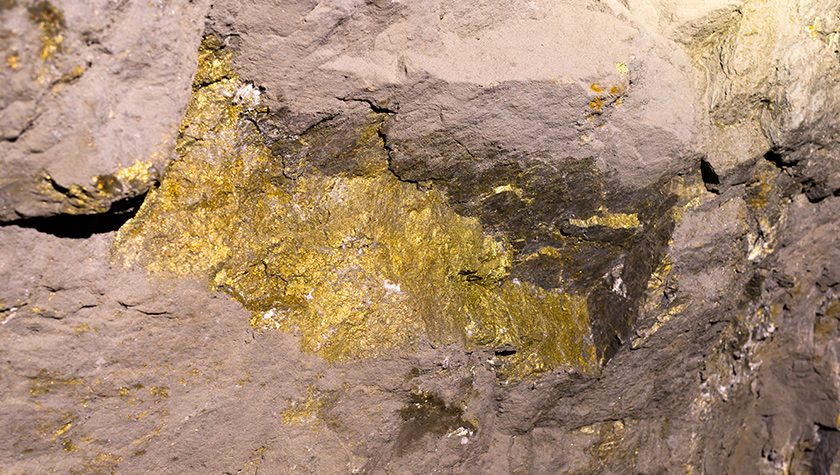meatthesavages.com – Gold, a precious metal that has fascinated humanity for millennia, is not only a symbol of wealth and status but also a subject of geological intrigue. The quest for gold has led explorers and geologists to the far corners of the Earth, uncovering the secrets of its formation and the processes that concentrate it into deposits that can be mined. This article delves into the geology of gold, exploring how it forms, where it is found, and the methods used to extract this coveted element from the Earth’s crust.
The Formation of Gold
Gold is one of the Earth’s most precious natural resources, formed through a variety of geological processes. The majority of gold on Earth was created during the formation of the planet, approximately 4.5 billion years ago, through a process known as the differentiation of the planet’s core. As the Earth cooled and solidified, heavy elements like gold sank towards the core, while lighter elements floated to the surface. However, not all gold ended up in the core; some remained in the crust and mantle, where it could eventually be concentrated into deposits accessible to humans.
Additional gold has been added to the Earth’s crust through meteorite impacts, which can contain high concentrations of the metal. When these meteorites collide with the Earth, they release their gold into the crust, contributing to the gold deposits we find today.
Types of Gold Deposits
Gold is found in various types of geological deposits, each with its own unique characteristics and formation processes. The most common types of gold deposits include:
Epithermal Deposits
These deposits form near the Earth’s surface, typically in volcanic environments. They are created by hot water that circulates through the crust, dissolving gold and other minerals, which are then deposited in fractures and veins as the water cools.
Lode Deposits
Lode deposits, also known as vein or lode gold, are formed when gold is deposited by hydrothermal fluids along faults and fractures in the Earth’s crust. These deposits are often associated with quartz veins and can be found in various rock types.
Placer Deposits
Placer deposits are formed by the weathering and erosion of lode deposits. As gold is resistant to chemical weathering and is denser than most other minerals, it can be concentrated by streams and rivers into deposits known as placer deposits. These are often found in riverbeds and can be mined using techniques such as panning and dredging.
The Search for Gold
The search for gold is a complex process that involves geological surveys, exploration, and the use of advanced technologies. Geologists use a variety of methods to identify potential gold deposits, including:
- Geological Mapping: This involves studying the surface rocks and minerals to identify areas that may contain gold.
- Geophysical Surveys: These surveys use instruments to detect variations in the Earth’s magnetic, gravitational, and electrical fields, which can indicate the presence of mineral deposits.
- Geochemical Analysis: Soil and water samples are analyzed for the presence of gold and other elements that may indicate the proximity of a gold deposit.
Once a potential deposit is identified, exploratory drilling is conducted to confirm the presence of gold and determine the size and grade of the deposit.
Extracting Gold
Extracting gold from the Earth requires a series of processes, including mining, crushing, and refining. The method used to extract gold depends on the type of deposit and the resources available.
- Open-Pit Mining: This method is used for large, near-surface deposits. It involves removing the overburden and mining the gold-bearing ore.
- Underground Mining: For deposits located deep within the Earth, underground mining techniques are used. This can involve shafts and tunnels to access the ore.
- Placer Mining: This method is used for placer deposits and involves the use of water to wash away the lighter materials, leaving behind the heavier gold.
The Future of Gold Mining
As the demand for gold continues to grow, the search for new deposits becomes increasingly challenging. Geologists are now looking to new technologies and innovative methods to discover and extract gold in a sustainable and environmentally responsible manner. This includes the use of remote sensing technologies, advanced drilling techniques, and the development of more efficient and less harmful extraction processes.
Conclusion
The geology of gold is a testament to the Earth’s dynamic processes and the ingenuity of those who seek to uncover its treasures. From its formation in the depths of the planet to its extraction and use in society, gold remains a symbol of the Earth’s riches and the human quest for fortune. As we continue to explore the Earth’s crust, the story of gold is far from over, with new discoveries and technologies promising to reveal even more of its secrets.
